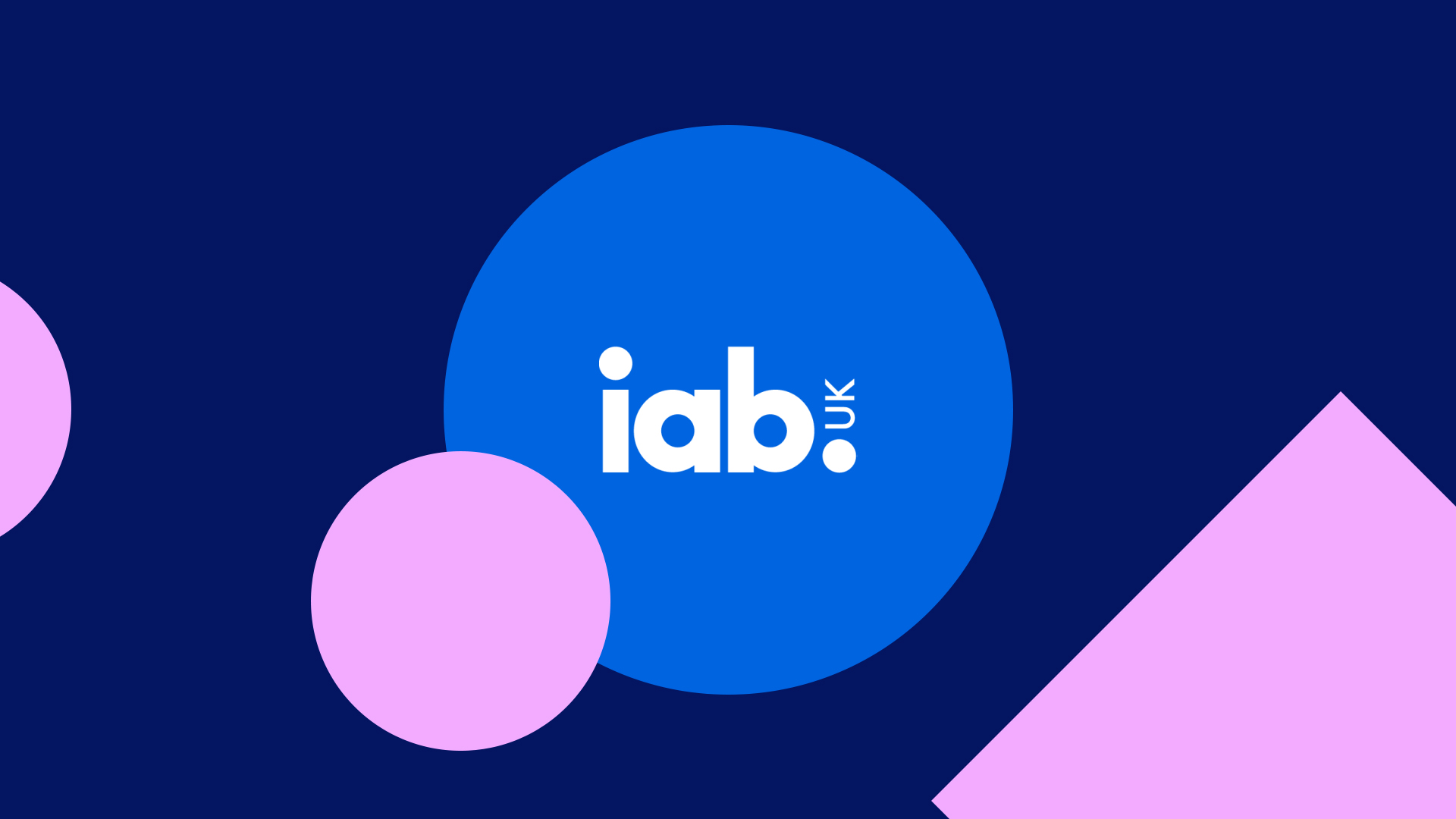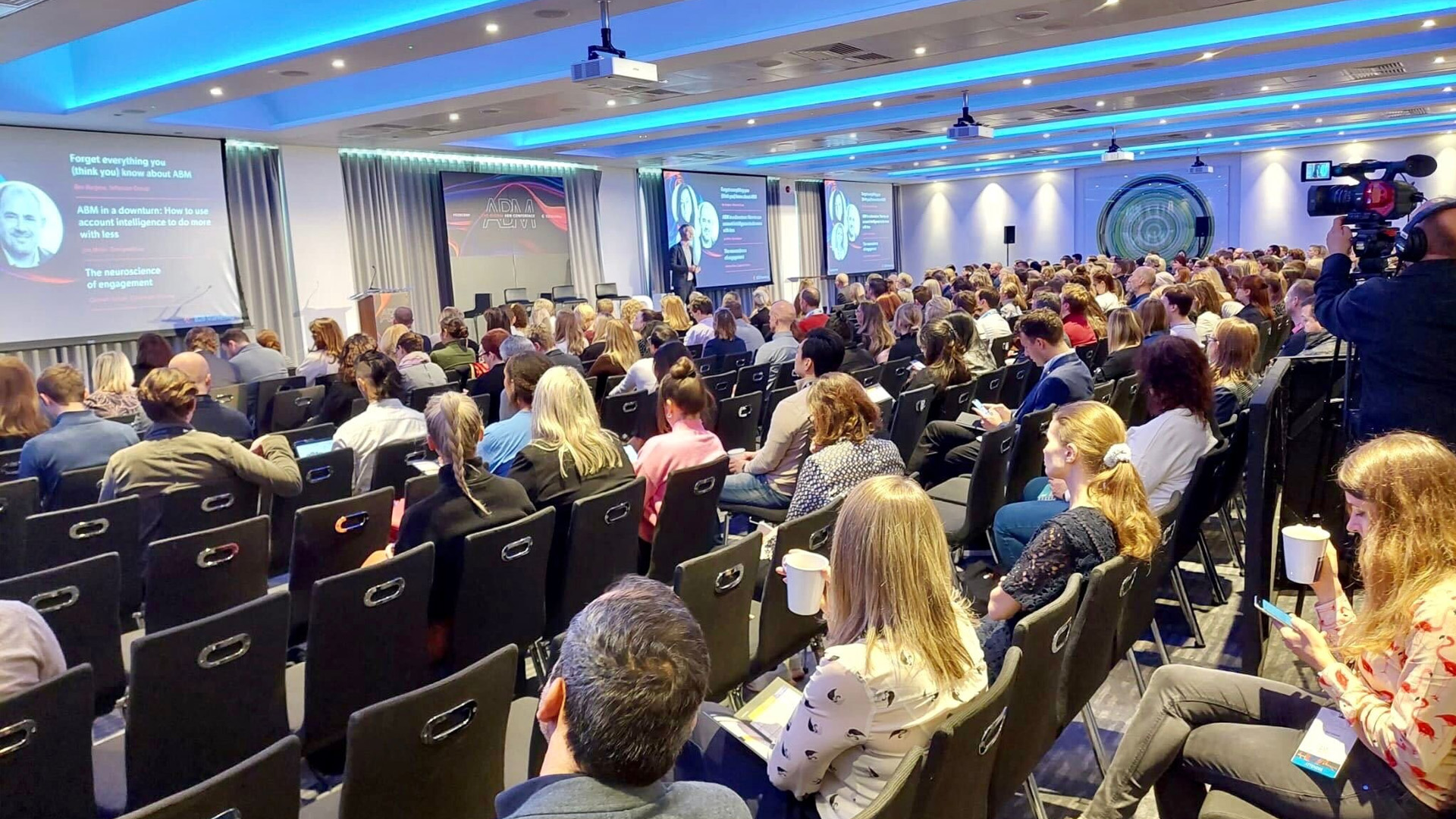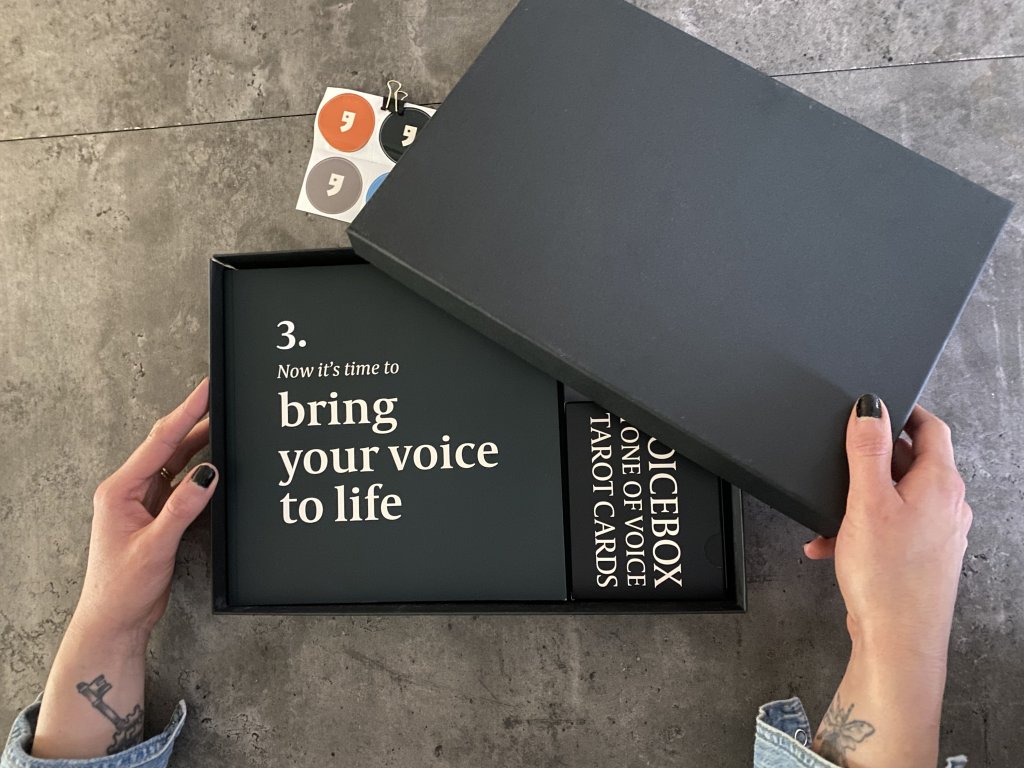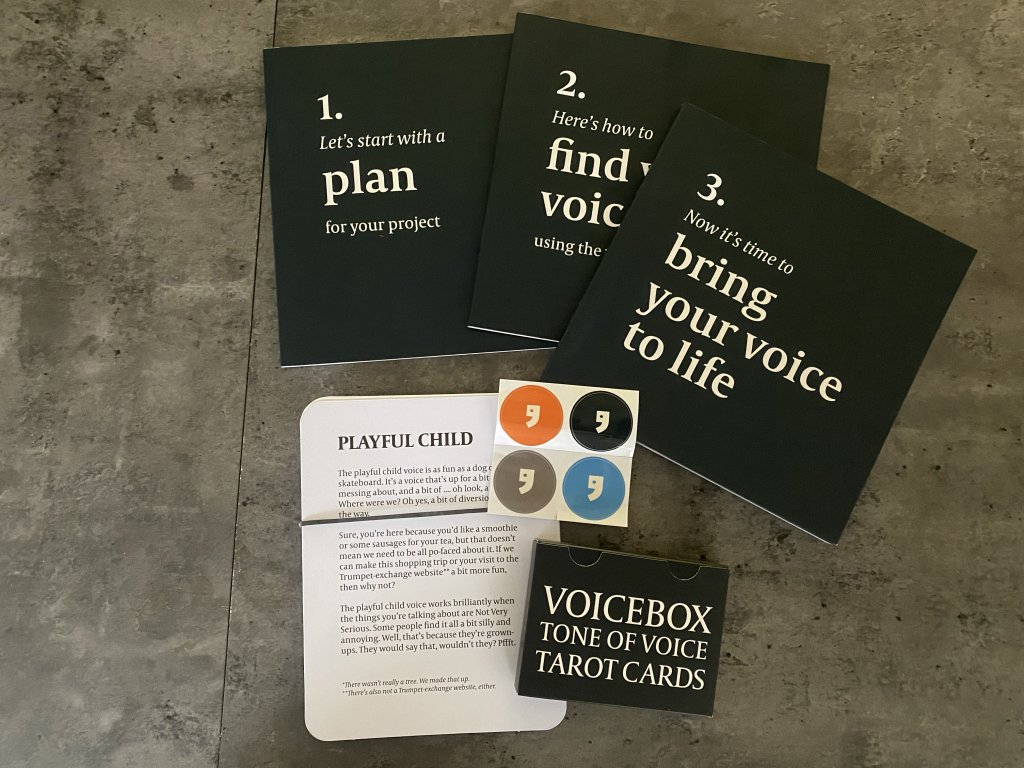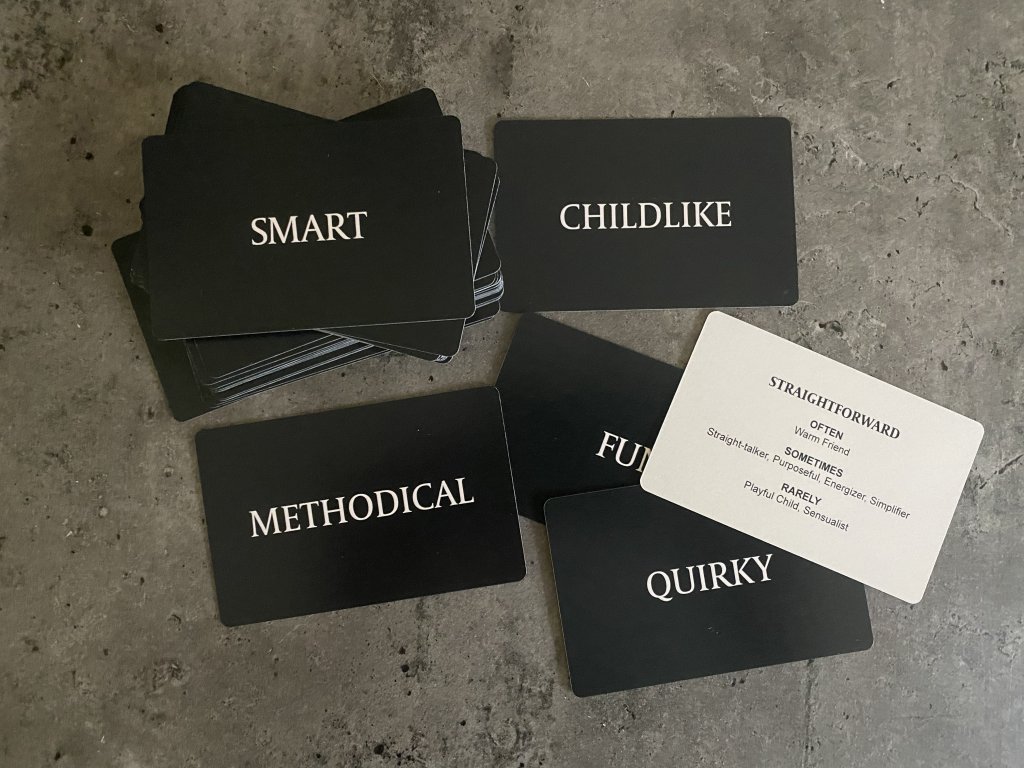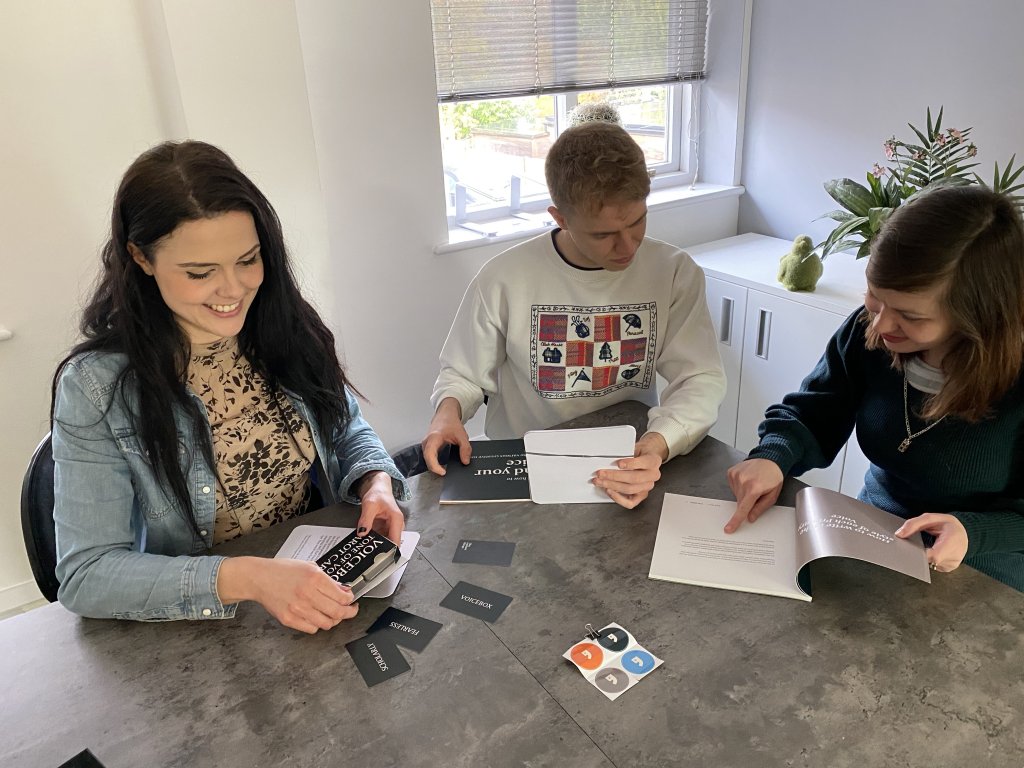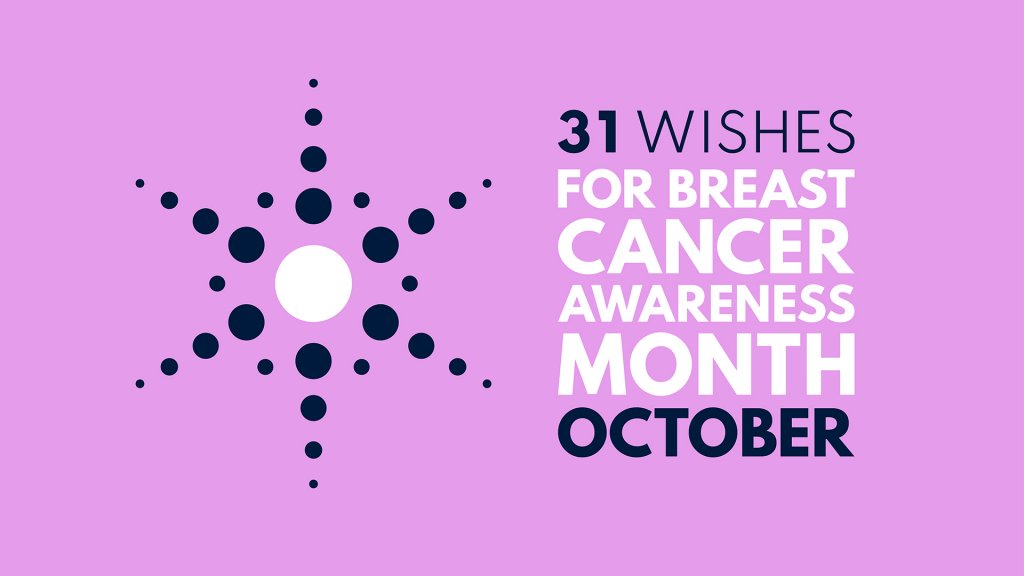The 2022 calendar year is now well behind us. But it didn’t go unnoticed.
Last year brought us geopolitical instability, cultural shifts in the world of social and rapid advancements in AI. So, you might be wondering what it all means for B2B brands and their marketing.
Luckily, we’ve taken a look at some of the key trend reports for 2023. And picked out a few of the good bits. Here goes…
Digital: Let’s get interactive
By 2024, Stack Adapt predicts digital ads will make up nearly 50% of all B2B spend. And why not? B2B customers are increasingly doing their own online research to support purchase decisions.
In such a competitive space, standing out is more important than ever. Luckily for our marketeers, there are plenty of ways to gain that edge:
Interactivity is where it’s at
Whether it’s ads that use gamification or rich-banner ads via HTML 5, there are some great ways to engage audiences which will become more prominent in 2023.
B2B ads need to appeal to broad buying groups
These innovative mediums provide a unique opportunity to get across different creatives and messages to various audiences. All while offering the recipient free reign to choose the content they wish to see.
Our advice? Strike while the iron’s hot.
Chat GPT: Should creatives and copywriters be scared?
It’s true, AI has definitely caused a stir among copywriters and creatives. Some worry this technology could put them out of a job in years to come. But we think not.
Modern B2B purchasing groups are complex, and so is the content they consume. Each piece of content needs to be carefully crafted and engineered to hit the right chord, for the right audience, at the right time.
While Chat GPT is great at churning out reams of the stuff, it’s based on pre-existing material and lacks an innate understanding of human behaviour.
The things brands want to talk about might be straightforward, but human empathy and emotion is not always logical. Good creatives and copywriters know how to tap into this and it’s a skill that cannot be overlooked.
Of course, this doesn’t mean to say that AI doesn’t have its uses. As a complementary tool, it could take copywriters and creatives to new heights.
This is where brands could gain a competitive advantage.
Read our dedicated blog on ChatGPT here >
B2B Social: LinkedIn isn’t the only answer
TikTok is an effective tool for marketing. Ok, that’s hardly a groundbreaking insight for those in the industry. But a lot of its success has come from B2C products and there’s still a misconception that’s all it’s good for.
If 2022 has proved anything, it works. And it works for exactly the same reasons.
Brands like Sage, the accounting SaaS provider, have been on the front foot in the last year. You only have to look at their campaign that heroes independent businesses to see how they’ve used their software as a shining example.
Not only does this show great authenticity through user-generated content, it also gives the business owners another platform to gain more exposure – everyone’s a winner.
Expect to see more B2B TikTok in the year ahead.
Cultural: Sustainability isn’t important (…right now)
Ok, I’ll admit that’s an attention-grabbing headline but let me divulge.
We all know and say sustainability is important – but is it really a true priority for those who say it is? Maybe not.
In a report published by GWI, since 2019, there’s been a downward trend in perceived importance of helping the environment in the UK (and many other countries around the world). While the public know it’s important, maybe it’s just not high enough on the pecking order right now?
With COVID, the war in Ukraine and now the cost-of-living crisis, there’s been a lot to worry about. Mental bandwidth simply won’t allow it to all fit in.
Brands can relate to their customers by addressing and reassuring these immediate concerns. But they should also keep an eye on what’s round the corner, approaching challenges like sustainability in a way that keeps the issue within touch, not out of reach.
Plus, it’s their responsibility to do so!
Creative: A quick dopamine hit
Of course, it’s not all doom and gloom. A quick pick-me-up can be the perfect remedy.
It’s expected that brands will deviate away from some of the clean, minimalist imagery we’ve seen become popular in recent years; an attempt to fit into the clean cut aura of evolving tech with a ‘Silicon Valley’ look and feel.
Maximalism, which uses vibrant colours and authenticity, is more likely to evoke that ‘feel good’ vibe our audiences so desperately crave.
And it’s no surprise there’s another emerging trend that’s all too familiar: Retro baby.
Whether it’s an arcade font, a flip phone or a digital camera – seeing those all too familiar mental triggers are the perfect way to not only make people feel good, but win their attention too.
Relatability, done either through authenticity or nostalgia, is going to be more important than ever in the year ahead.
In short, if brands are going to succeed, they must realise that ‘real is radical’.
Sources
Stack Adapt – B2B Marketing: How to Effectively Diversify Your Media Mix [StackAdapt Webinar]: https://www.youtube.com/watch?v=0X1_1lv7_-I
Marketing Dive – Burger Kind launches first mobile game: https://www.marketingdive.com/ex/mobilemarketer/cms/news/gaming/876.html
Knorex – Rich Media: Definition, Formats & Examples: https://www.knorex.com/blog/articles/rich-media
Oktopost – 6 B2B Marketing TikTok Examples (That are actually done right): https://www.oktopost.com/blog/tiktok-b2b-marketing-examples/
GWI – Connecting The Dots 2023 Global Trends: https://www.gwi.com/connecting-the-dots
Deposit Photos – Creative Trends 2023: https://depositphotos.com/trends2023.html
Adobe –2023 Creative Trends: https://www.adobe.com/uk/creativecloud/creative-trends-guide-download.html
The Drum – Now’s not the time to trade planet for pocket: why brands must invest in sustainability: https://www.thedrum.com/opinion/2023/01/06/now-s-not-the-time-trade-planet-pocket-why-brands-must-invest-sustainability

